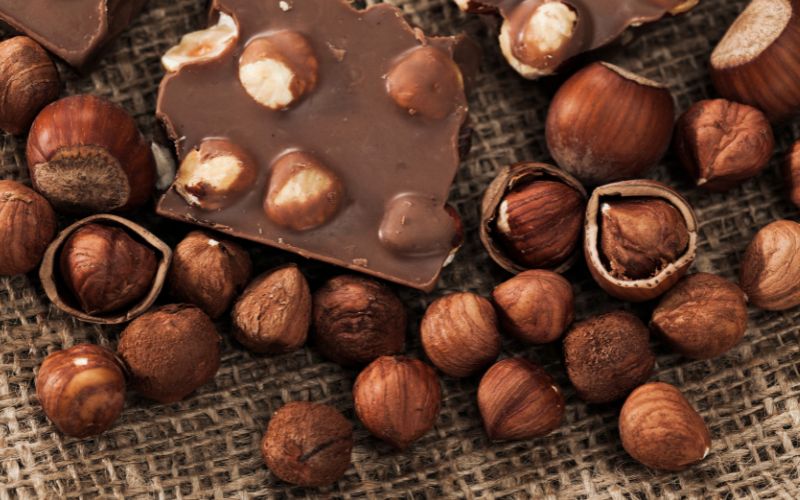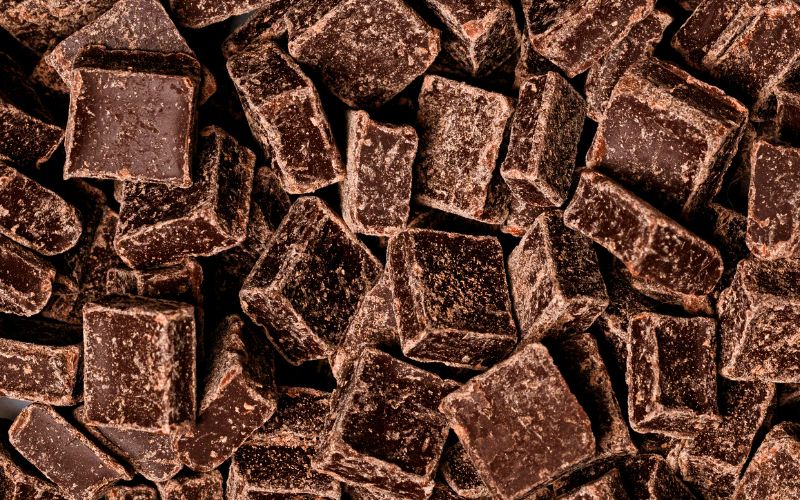Welcome back to our Chilean travel series! Last week, I highlighted some of my favorite places in Santiago. This week, we will move on to Chilean central valley. So grab your wine glass, let’s do it!

The valley is named for the Maipo River, which runs through it
The fertile Maipo Valley is a hub for all things agricultural in Chile, including wine. If you are a red wine lover like myself, then you might be aware that Chile is one of the largest exporters in the world. This valley is known for it's reds, especially cabernet. I highly recommend if you are staying in Santiago for more than two days, take advantage of the capital’s close proximity to vineyards!
How to Get There:
Since we rented a car for our time in the city, we drove to the vineyards for a day trip. Another great option if you don’t want to deal with a car, is to arrange for a group tour that will pick you up from the hotel. There are numerous tours to choose from depending on the length of time you’d like to spend. Some even incorporate horseback riding, biking, and over night stays.
If you do decide to rent a car, get a GPS! Similar to LA, we spent a lot of time in traffic while in Santiago. If you plan to drive yourself, book enough time in between tours and plan accordingly to avoid rush hour!
Viña Cousiño Macul
We kicked off our day trip at Cousiño Macul. Located about 30 minutes outside the city center, it is nestled like a secret garden amidst the suburbs of Santiago.
Grapes at Viña Cousiño Macul
The charm of Cousiño is in its small, intimate size and authentic character. The architecture of the vineyard is original, dating back to the 1870s. At that time, all of the wine was produced in the same spot. However today the process is spread across two vineyards, with one a bit further south growing the majority of the grapes. Nonetheless, Cousiño is still family owned and operated, and the main estate serves as a museum to the history of Chilean wine.
Antique bottle filling machine
Old stencils used to export boxes of wine to the USA, Venezuela, Canada, Australia
The importance of Chilean identity is in every aspect of the estate from the barrels to the grapes themselves. While Spaniards brought the first vines to South America in the 1500s, Chileans tweaked certain European processes to make their wine unique. For example, Cousiño used huge barrels made from native araucaria wood. The araucaria or monkey-puzzle trees can live for up to 1,000 years and are incredibly durable, not to mention beautiful! As the national tree of Chile, the use of araucaria wood was not only practical at the time, but a symbol of Chilean ingenuity in viticulture.


Left: Large araucaria barrels Right: Tall araucaria aka monkey puzzle trees
After the tour we tried some of Chile's best blends and varieties. Interested in how Chilean wines would pair with my ChocoVivo bars, I brought them along for a taste test. I decided to pair the chocolates with red wine, the first being the Carménère.
My friend, Alexis enjoying the ChocoVivo/ Wine combo
The Carménère grape is originally from Bordeaux, but now is almost exclusively, 98% of the world supply, grown in Chile! It’s rich berry taste pairs well with the dried sweet cherries of the Cherries + Almonds + Black Peppercorn bar.
My favorite wine pairing, Chilean Cab blend and Mayan Tradition
The second red we tried was a Cabernet Sauvignon blend, which was excellent with the Mayan Tradition! The spicy/ smokiness of the Pasilla peppers was a perfect match to the dark fruit flavors of the Chilean specialty blend. I left the vineyard with a bottle to continue my taste testing of this combo at home!
Concha y Toro:
After Cousiño we went to our next stop, Concha y Toro. I guarantee you have seen bottles from this vineyard in your local grocery store with the label Don Melchor or Casillero del Diablo. Concha y Toro is a huge, industrial wine making operation spanning across vineyards all over Chile. Due to its size, the experience touring was much different than Cousiño. The grounds at it’s Maipo location were lush, sprawling and impeccably manicured.
Streams and ponds covered the rolling hills of the Concha y Toro estate


Both are from Concha y Toro
However beautiful the scenery, I found the experience to be much like the Disneyland of wine. There were crowds, many simultaneous tours, and less of a personal experience. If you are a fan of Concha y Toro wines, it is worth visiting and picking up some swag from the gift shop. However, I much preferred the experience of Cousiño Macul and their approach.
In conclusion, the Chilean wine region is a must visit even for exclusive white wine drinkers! No matter the length of your trip you will come away with an education and hopefully a few bottles. I recommend going to both a small and large vineyard on your tour if possible. That way, you can get a taste of the history and future of Chilean winemaking...just don't forget the chocolate!!
Taking my ChocoVivo into the cellar to cool down on the hottest day of summer!
More Information:
ChocoVivo and Wine Pairing:
Interested in learning more about chocolate and wine pairing? We plan on hosting an event soon, subscribe to our newsletter at the bottom of this page and stay tuned for details!
Check in next week as we discover Southern Chile's medicinal superfoods and how they mix with ChocoVivo










